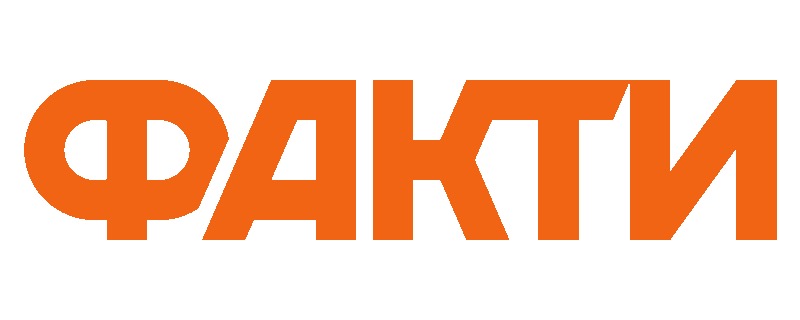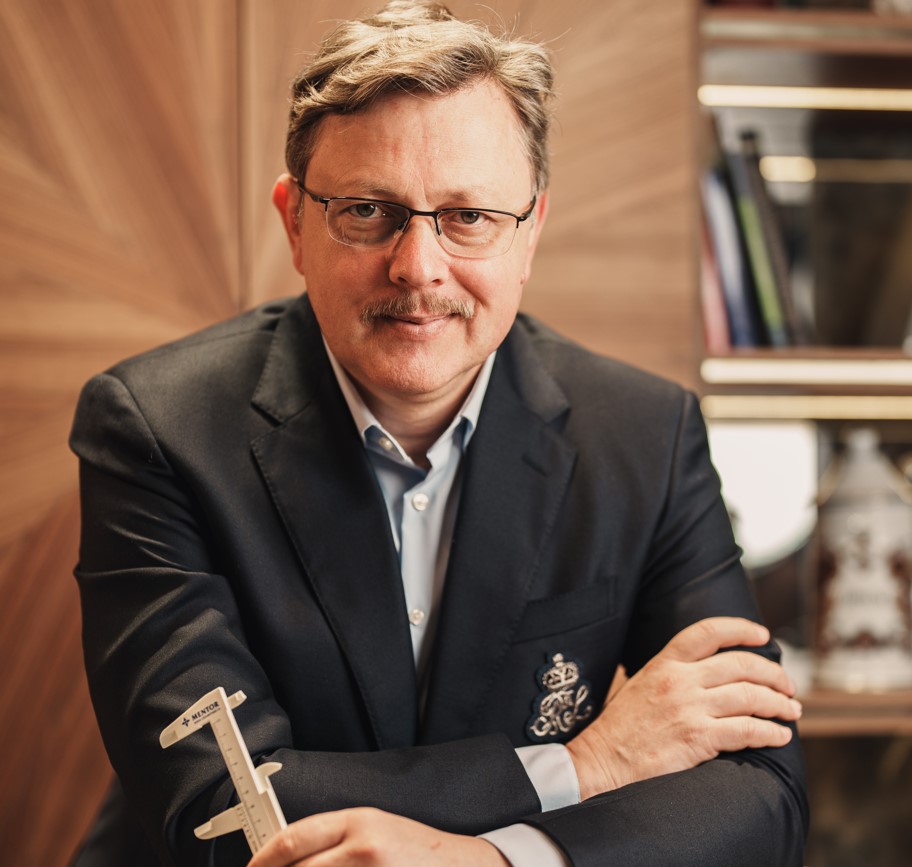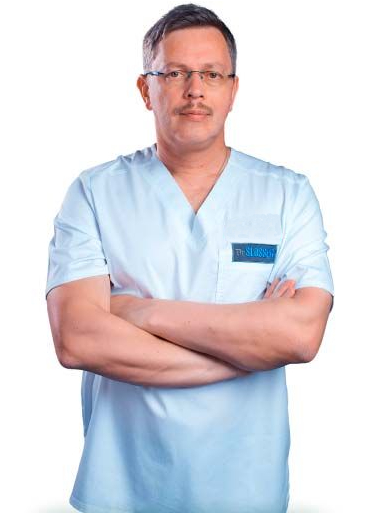Three nipples, or mammary glands on the body: a plastic surgeon explained why polymastia occurs
Specially for 
Polymastia is a condition in which a person develops an extra mammary gland that may have nipples and areolas. This phenomenon is mostly hereditary.
It is more common in men, but polymastia is also diagnosed in women. In most cases, it does not affect health, except for aesthetic discomfort. Therefore, such people often turn to plastic surgeons to remove the extra gland for aesthetic reasons.
An extra mammary gland may be almost invisible and only detected during an MRI, CT scan, or ultrasound. However, sometimes an atypical mammary gland is fully developed.
Renowned plastic surgeon and distinguished doctor of Ukraine Dmytro Slosser told ICTV Facts more about three nipples in men and women and the specifics of treating this condition.

Polymastia: causes in women and men
Polymastia develops during embryonic development. Normally, in the fourth week of pregnancy, breast tissue develops along the mammary lines. These lines consist of ectodermal tissue, which later becomes part of the skin. Polymastia occurs when part of this tissue does not regress and continues to develop, forming additional mammary glands or nipples.
Doctors distinguish several classes of polymastia depending on the development of additional mammary glands in men and women:
- Class I: Full additional breasts with glandular tissue, areola, and nipple.
- Class II: Glandular tissue with a nipple without an areola.
- Class III: Glandular tissue with an areola without a nipple.
- Class IV: Only glandular tissue located subcutaneously.
- Class V: Nipple and areola without glandular tissue.
- Class VI: Presence of only accessory nipples (polytelia).
- Class VII: Areola without nipple and glandular tissue.
Most often, women and men are diagnosed with class IV polymastia, where the accessory tissue is located in the armpit area.
Polymastia: what it looks like in men and women
Most people can independently notice an extra nipple or areola on their body, as they often do not differ from normal ones. However, if, for example, the nipple is not very pronounced, it can be easily confused with a nevus or other benign skin formation.
For a correct diagnosis, the patient should consult a dermatologist or mammologist to ensure that there are no health risks. If discomfort, pain, numbness, or a rash appears in the area of the extra nipple, you should consult a doctor immediately.
Polymastia: surgery
Polymastia is mostly just a cosmetic issue, but in some cases, it can cause physical discomfort. Plus, there's a higher risk of developing malignant tumors in the extra glands, no matter the patient's gender.
The only way to treat polymastia is through surgical removal. Various “folk” methods can only harm the patient's health. The most common indications for surgery are severe pain, tumor-like formations, and oncological risks.
The procedure is also performed for aesthetic reasons. During the operation, the plastic surgeon removes the glandular tissue, areola, and nipple, if present, and then applies cosmetic sutures. If necessary, liposuction of the accessory breast tissue may be performed.
Polymastia is a benign anomaly, but it should be remembered that the same pathological processes can occur in the tissues of accessory breasts as in normal mammary glands, including mastitis, cysts, abscesses, and carcinoma. However, due to the atypical location, diagnosis may be difficult and delayed. If the accessory gland has not been removed, the patient should undergo regular examinations of all mammary glands, regardless of their location.
Sourse:

Contact me
Plastic surgeon
Ukraine, Kyiv, Shchekavytska St., 9a
(Clinic "Nove Tilo")


